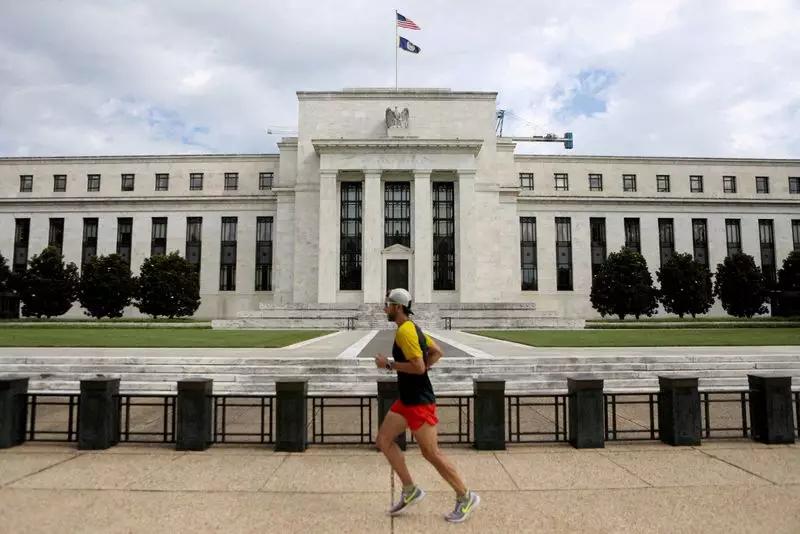Federal Reserve holdings of mortgage bonds serve a pivotal role in how monetary policy affects the economy’s momentum, as highlighted in a recent paper presented at a central bank research conference. The paper delves into the significance of how the Fed utilizes increases and contractions in its holdings of Treasury and mortgage bonds to complement changes made to its interest rate target. These actions, collectively known as quantitative easing (QE), are aimed at influencing the economy’s momentum.
The substantial increase in Fed purchases of Treasury and mortgage bonds that began in the spring of 2020 led to the central bank’s holdings more than doubling to a peak of around $9 trillion by the summer of 2022. Notably, Fed holdings of mortgage bonds surged from approximately $1.4 trillion in March 2022 to a peak of $2.7 trillion. Given the significant role of housing financing in the U.S. economy, mortgage purchases have garnered particular attention.
Economists and central bankers have long grappled with measuring the impact of these asset purchases, with some expressing doubts about their efficacy. The paper presented at the Kansas City Fed’s annual Jackson Hole research conference provides valuable insights into the impact of the Fed’s mortgage buying. According to the paper’s authors, both banks and the Fed contributed to about a 40-basis point reduction in the mortgage spread during 2020/21. This reduction resulted in a cumulative increase in mortgage originations of approximately $3 trillion, with net mortgage bond issuance around $1 trillion, half of which can be attributed to banks.
Consumer Spending and Residential Investment
The effects of these actions on mortgage bonds had a substantial impact on consumer spending and residential investment, underscoring the interconnectedness between Fed policy and broader economic outcomes. The central role of Fed holdings of mortgage bonds in shaping monetary policy potency is especially significant as the Fed embarks on quantitative tightening (QT).
Quantitative tightening involves the Fed reducing its holdings, with total assets shrinking to $7.3 trillion and Fed mortgage holdings now amounting to $2.3 trillion. This process, which involves allowing bonds to mature without replacement, has moved in tandem with a concluded phase of Fed rate hikes and is expected to continue even if the Fed decides to cut rates. However, the timeline for when QT will conclude remains uncertain.
The Fed’s QT process has encountered delays compared to initial projections, primarily due to the sluggish state of the housing market amid elevated borrowing costs. This has impeded mortgage creation, thereby limiting the Fed’s ability to reduce its holdings of mortgage bonds effectively. Some experts predict that the Fed may eventually resort to actively selling mortgage bonds to achieve its goal of primarily holding Treasury bonds.
The dynamic interplay between Federal Reserve holdings of mortgage bonds and monetary policy exemplifies the complexity and intricacy of shaping economic outcomes through targeted asset purchases. As the Fed navigates the challenges of balancing the effectiveness of quantitative easing and tightening, careful consideration of the broader economic landscape will be crucial in determining the optimal path forward.

